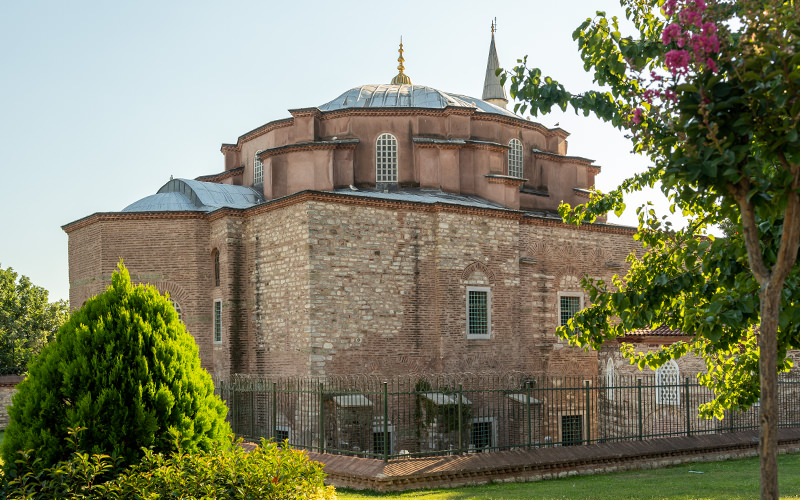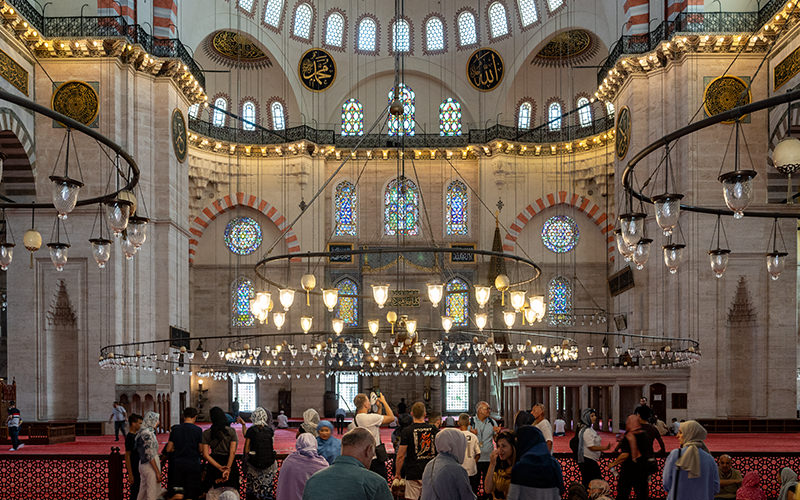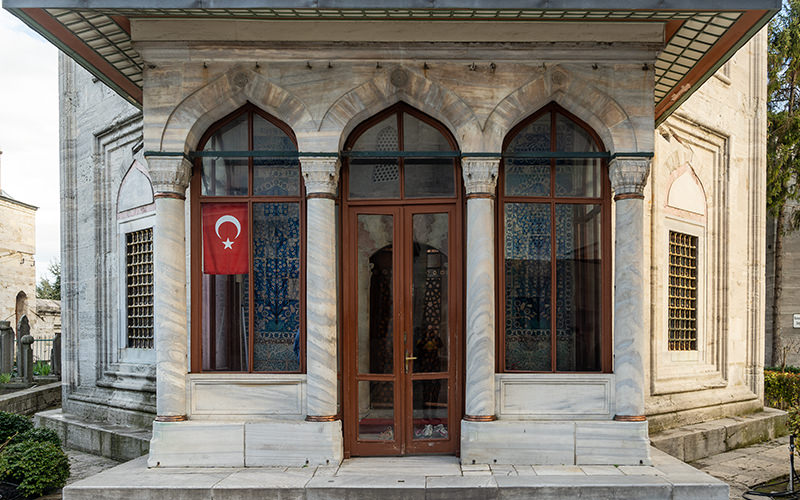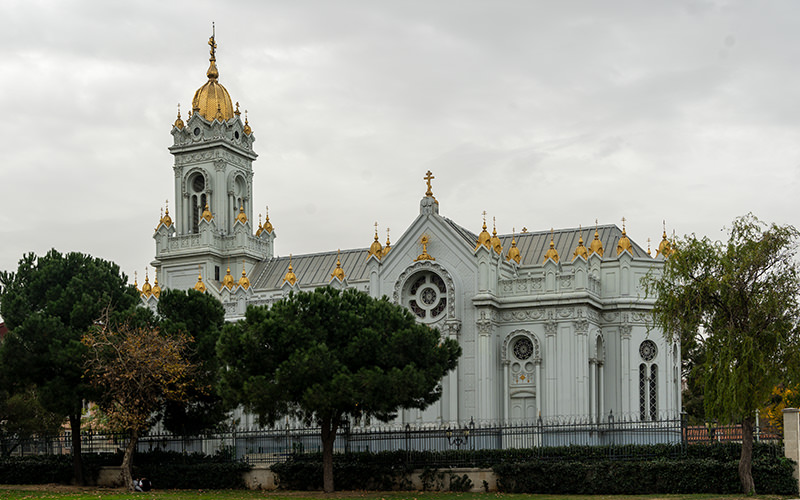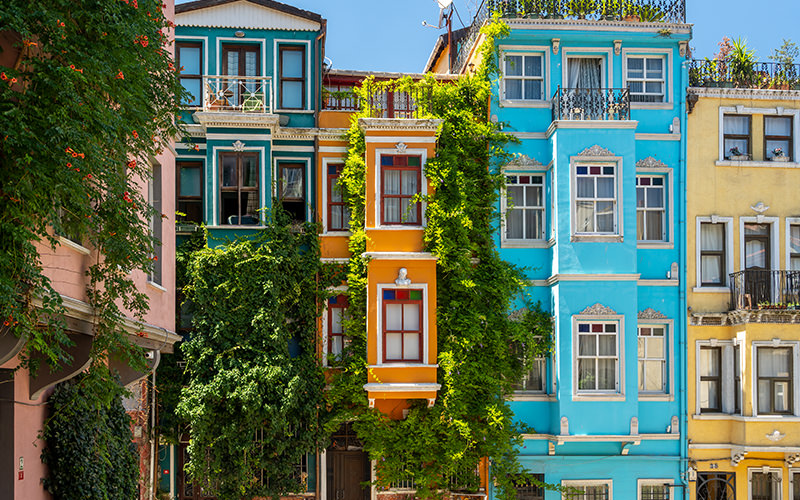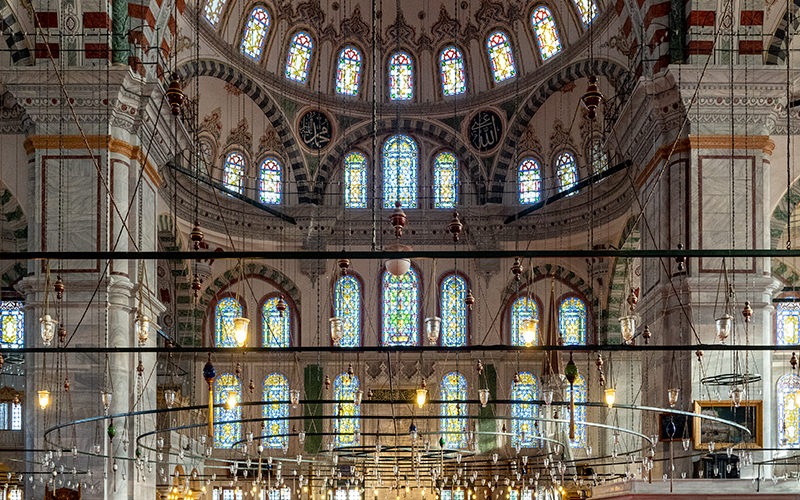Friends, I continue to introduce you to the iconic religious landmarks of Istanbul. Today, we’ll take a virtual tour of the Yavuz Sultan Selim Mosque complex, located in one of the city’s non-touristy districts.
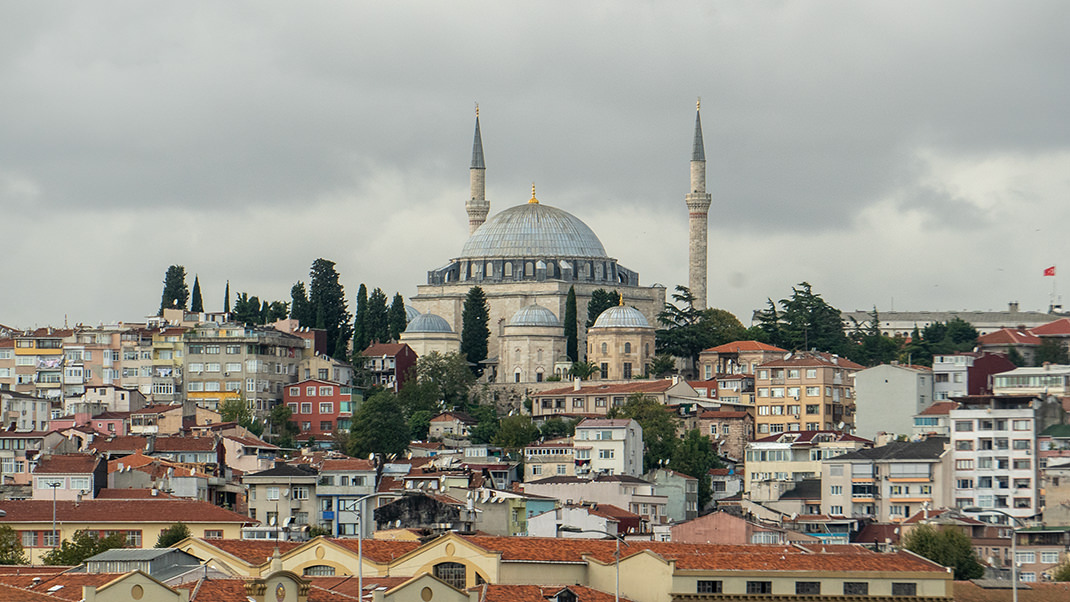
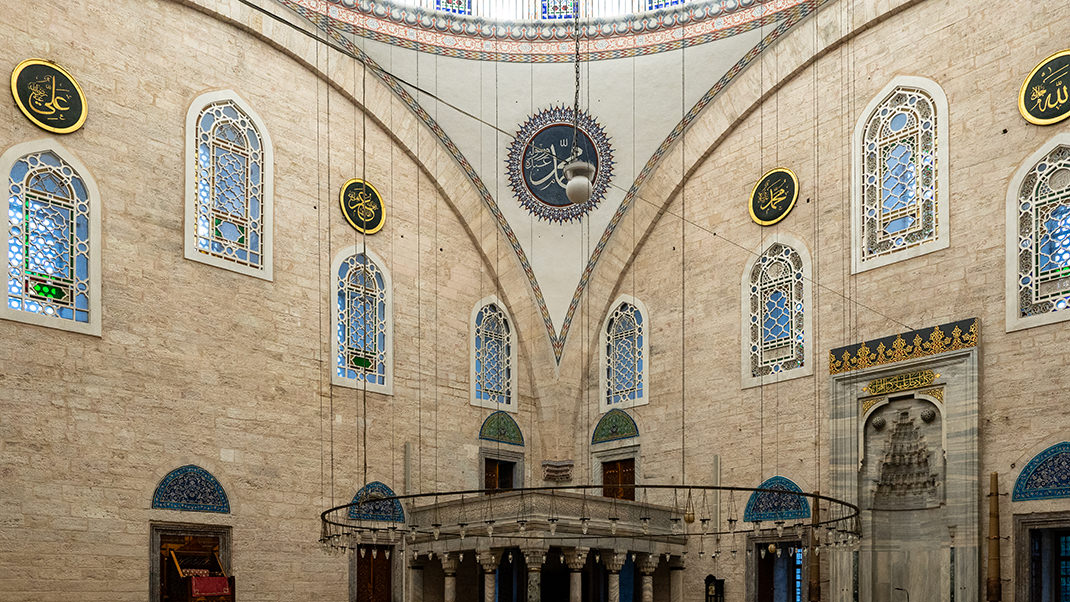
Yavuz Sultan Selim Mosque: History of the Complex
The mosque is named after Sultan Selim I, known as “the Grim” (Yavuz). Sultan Selim had a reputation as a ruthless ruler who easily dealt with his opponents: it is known that he ordered the execution of all his brothers and nephews to secure his throne. There are even suspicions that Selim ordered the killing of his own father, Bayezid II. He is also known for his conquests — although he ruled for only eight years, the territory of the Ottoman Empire doubled during his reign.
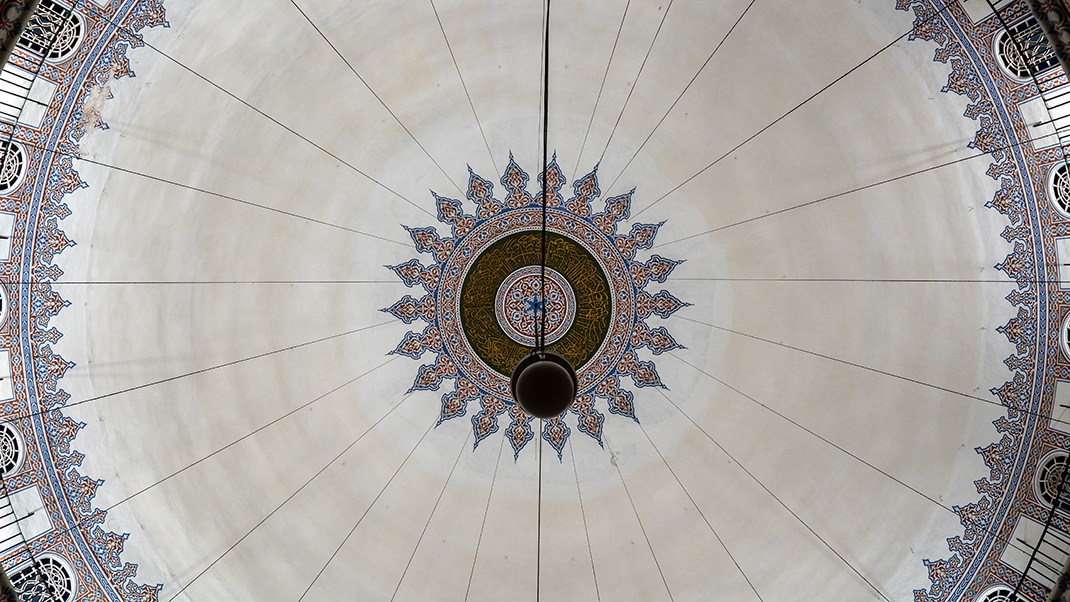
The construction of the complex was commissioned by Selim’s son, Sultan Suleiman I Kanuni (Suleiman the Magnificent), whom I mentioned in my article about the Süleymaniye Mosque in Istanbul.
The mosque was completed in 1522. The project is sometimes attributed to architect Mimar Sinan, the favorite architect of Sultan Suleiman the Magnificent, although the mosque is not listed among Sinan’s officially recognized works. However, it is known that Koca Mimar Sinan built the tomb of Selim here. Nearby is also the tomb of Sultan Abdulmejid.
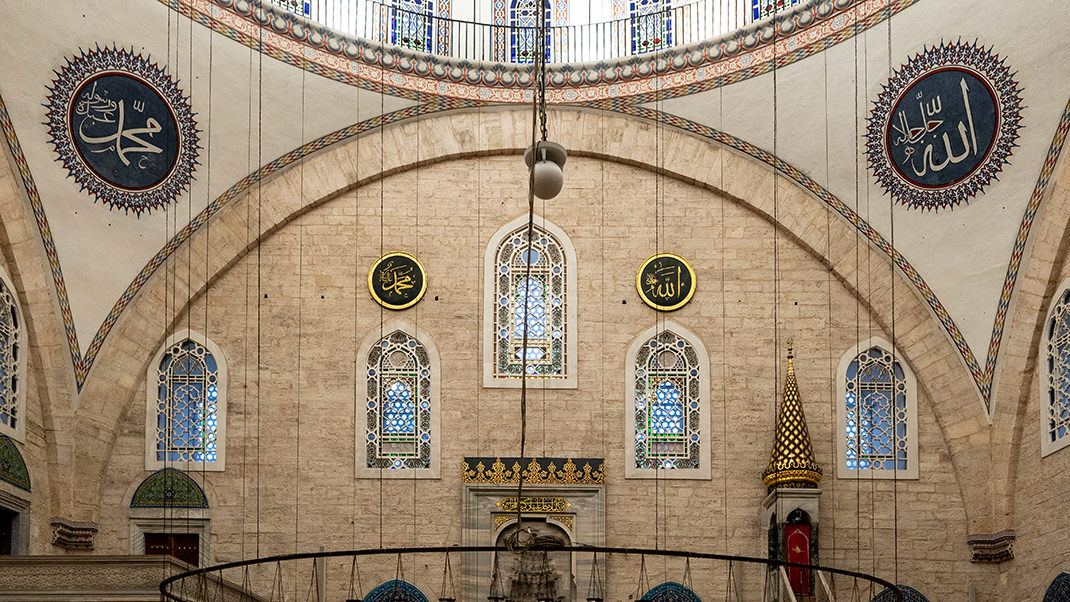
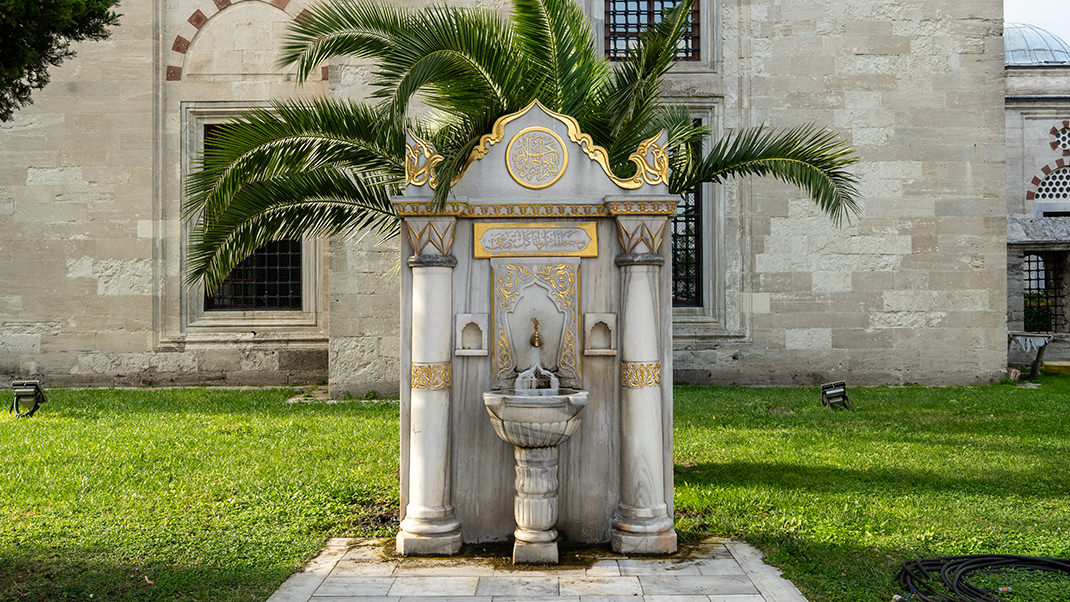
The Yavuz Sultan Selim Mosque is not the only structure in the complex. The ensemble also included a guesthouse, a dining hall for students and the city’s poor, and a preschool educational building. Some of these structures have not survived to the present day.
To my unprofessional eye, the Yavuz Sultan Selim Mosque resembles many other religious buildings in the city. However, guidebooks note that the famous architect Le Corbusier was particularly impressed by this mosque, calling it “a refined melody of very delicate forms.”
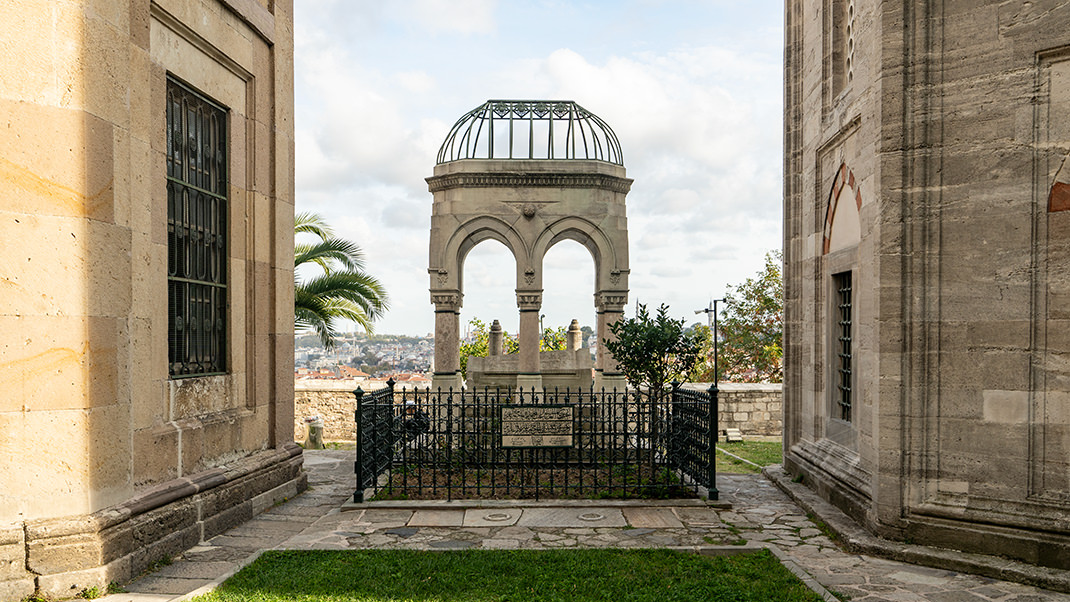
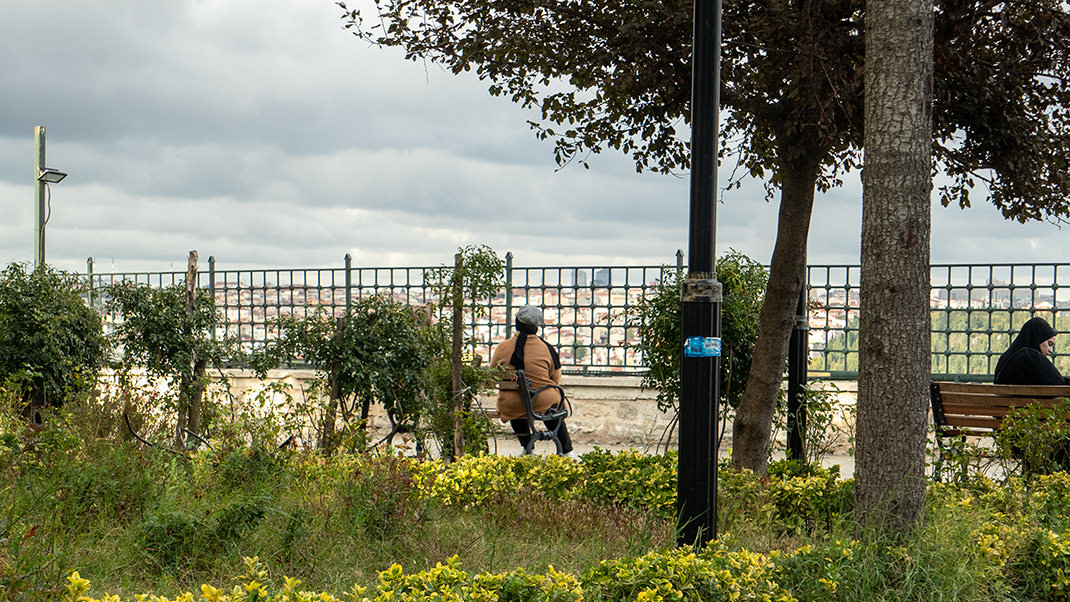
How to Get There
As I mentioned at the beginning, the mosque is located in a non-touristy district. The advantage of this location is the absence of large crowds of visitors. However, getting here is not very easy. The simplest way to reach the mosque is by bus — there are several stops in the area. You can plan your route on public transport using the Moovit app.
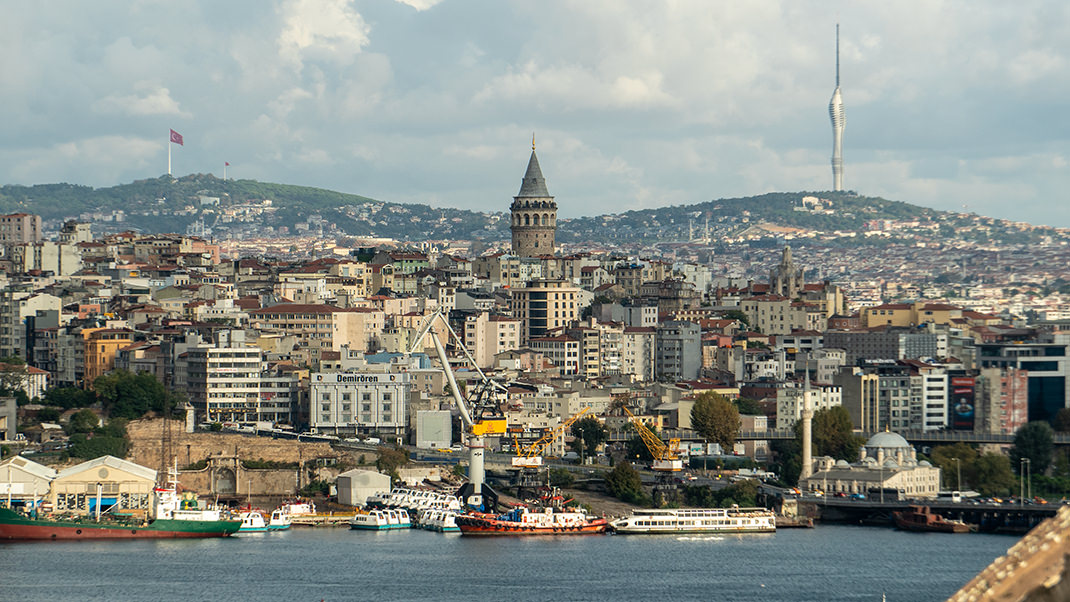
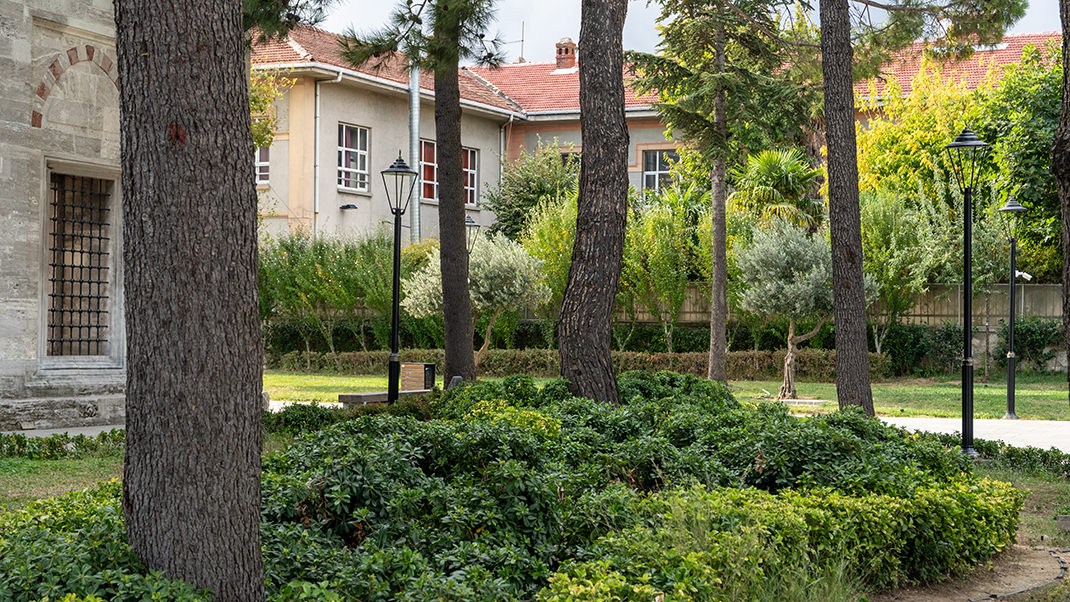
I personally took the T5 tram line and got off at Fener station. The walk to the complex took about ten minutes, with most of the way uphill.
Yavuz Sultan Selim is an active mosque. Entry is free, but visitors should follow basic rules of conduct and dress.
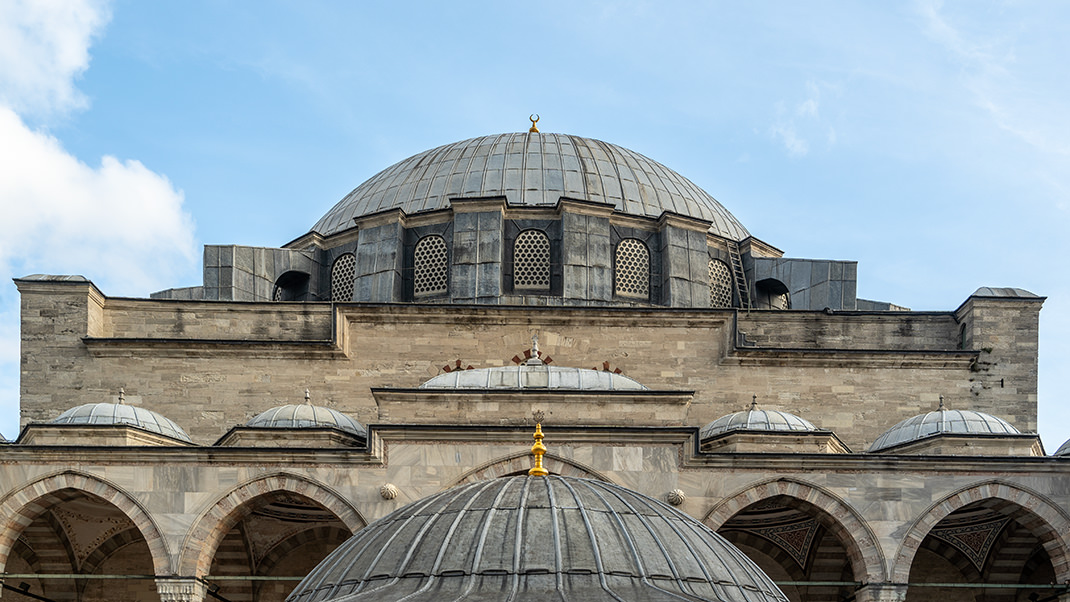
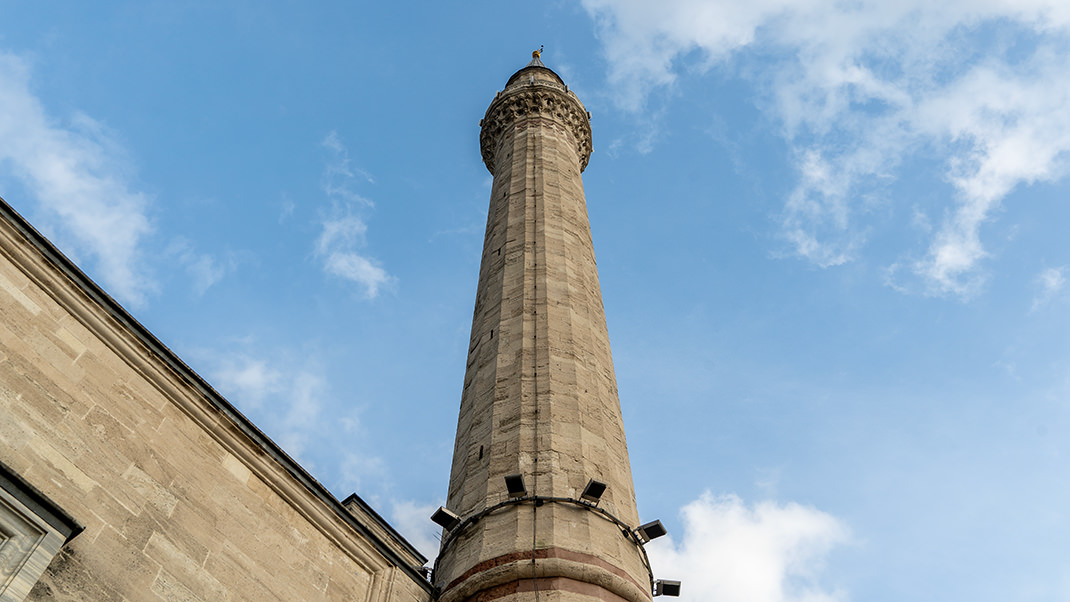
After visiting the complex, you can walk to the Bulgarian Church of St. Stephen or explore Balat, one of the most colorful districts of Istanbul.
Have a nice trip!


